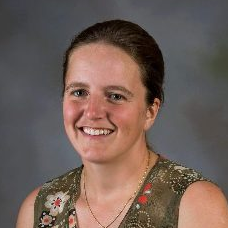Lidar for Forest Science and Management
A special issue of Remote Sensing (ISSN 2072-4292). This special issue belongs to the section "Forest Remote Sensing".
Deadline for manuscript submissions: closed (15 November 2017) | Viewed by 45325
Special Issue Editors
Interests: forest ecosystem remote sensing; forest disturbance; multitemporal analysis; LiDAR; imaging spectroscopy; data fusion
Interests: applications of remote sensing to forestry; natural resource management; ecological modeling; and earth system science
Special Issues, Collections and Topics in MDPI journals
Special Issue Information
Dear Colleagues,
Associated with SilviLaser 2017 (http://www.cpe.vt.edu/silvilaser2017/), hosted in Blacksburg, Virginia at Virginia Tech in October 2017, this Special Issue will be focused on lidar applications for assessing and managing forest ecosystems. Allied technologies, such as phodar, are welcome, as are any methods of acquisition (piloted or unpiloted; airborne, space borne and terrestrial). We particularly welcome technological or analytical advances that have strong potential to improve forest science and silviculture.
Prof. Valerie A. Thomas
Prof. Randolph H. Wynne
Guest Editor
Manuscript Submission Information
Manuscripts should be submitted online at www.mdpi.com by registering and logging in to this website. Once you are registered, click here to go to the submission form. Manuscripts can be submitted until the deadline. All submissions that pass pre-check are peer-reviewed. Accepted papers will be published continuously in the journal (as soon as accepted) and will be listed together on the special issue website. Research articles, review articles as well as short communications are invited. For planned papers, a title and short abstract (about 100 words) can be sent to the Editorial Office for announcement on this website.
Submitted manuscripts should not have been published previously, nor be under consideration for publication elsewhere (except conference proceedings papers). All manuscripts are thoroughly refereed through a single-blind peer-review process. A guide for authors and other relevant information for submission of manuscripts is available on the Instructions for Authors page. Remote Sensing is an international peer-reviewed open access semimonthly journal published by MDPI.
Please visit the Instructions for Authors page before submitting a manuscript. The Article Processing Charge (APC) for publication in this open access journal is 2700 CHF (Swiss Francs). Submitted papers should be well formatted and use good English. Authors may use MDPI's English editing service prior to publication or during author revisions.






